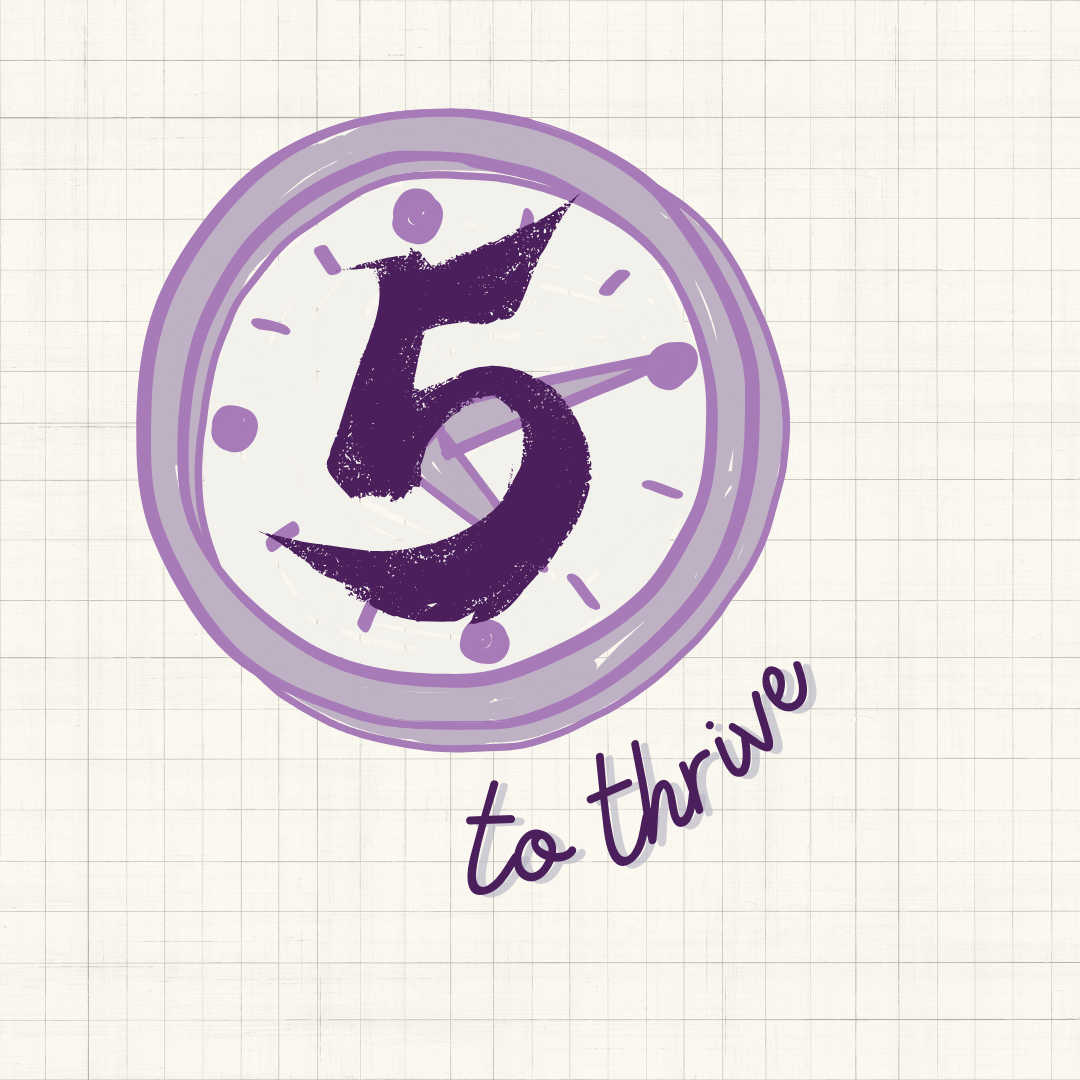Five to Thrive: Language Learning in Minutes – Writing
When it comes to learning a new language, most people imagine hours of study, mountains of flashcards, or endless grammar drills. But what if I told you that simply writing one sentence a day can move you closer to fluency?
In this series, Five to Thrive: Language Learning in Minutes, we’re focusing on quick but powerful habits that busy learners can commit to daily. Today’s spotlight: writing.
Why Writing Matters
Writing is often overlooked in the early stages of language learning. Many learners focus on listening and speaking, which are, of course, essential. But writing has a special power—it forces your brain to slow down and process the language more deeply.
When you write, even something short, you’re practicing:
Vocabulary recall – You pull words from memory instead of recognizing them passively.
Grammar structure – You have to decide how to put words together, which strengthens your understanding of sentence patterns.
Personal expression – You learn to communicate your own thoughts, not just textbook phrases.
That’s why even writing just one sentence daily can make a noticeable difference over time.
Grab your favorite pen (I’m partial to fountain pens) and get to writing!
One Sentence a Day: Why It Works
Let’s be honest: writing a full page in your target language every day can feel overwhelming, especially if you’re juggling work, school, family, or travel. That’s where the “one sentence rule” comes in.
It’s manageable. Anyone can write a single sentence in five minutes or less.
It builds consistency. Instead of waiting for the “perfect study session,” you create a habit that sticks.
It compounds over time. One sentence a day becomes 30 sentences in a month, 365 in a year. That’s a whole personal journal in your target language.
Even better? Each sentence becomes a reflection of your growth. The first ones may be simple: “I like coffee.” Months later, you might surprise yourself by writing: “Even though I didn’t sleep well, I still woke up early to exercise.”
How to Get Started
If you’re new to this habit, here are some simple ways to begin:
Use a journal or notes app. Keep all your sentences in one place so you can see your progress.
Write about your day. Start with something real and personal: what you ate, how you feel, or what you’re doing right now.
Don’t stress about mistakes. The goal is expression, not perfection. You can always revisit your sentences later with corrections.
Use prompts. Stuck on what to write? Try questions like:
What’s one thing I’m grateful for today?
What’s one place I want to visit?
What’s one new word I learned?
Motivation for Busy Learners
Here’s the truth: fluency isn’t built in one giant leap. It’s built in small, consistent steps. By writing a sentence a day, you’re telling yourself, “I’m committed to this journey, even when life gets busy.”
Those small moments add up. Think of it like planting seeds—tiny actions that grow into something much bigger.
So the next time you think, “I don’t have time to study,” remember this: you don’t need an hour. You only need one sentence.
Your Turn
Take out a notebook, open your phone, or grab a sticky note. Write one sentence in your target language right now. It could be as simple as:
“Today, I started writing in my new language.”
And just like that, you’ve already won the day.
✨ Remember: five minutes is enough. Your consistency is your superpower.










Five minutes and a photo is all you need.